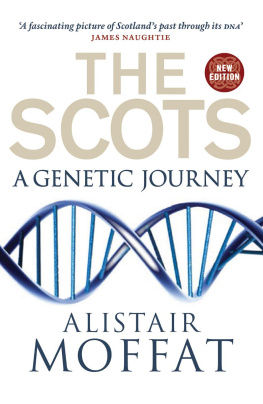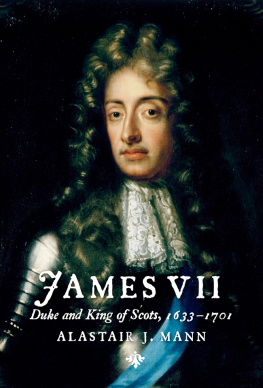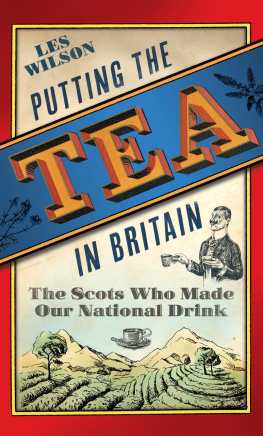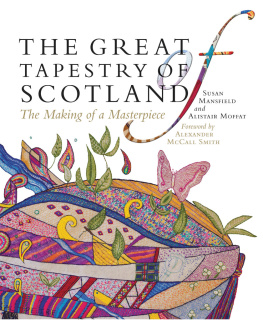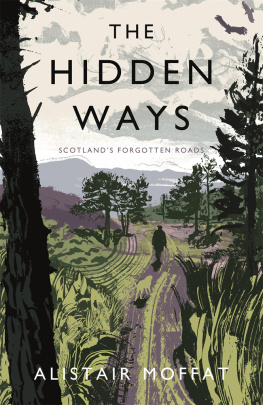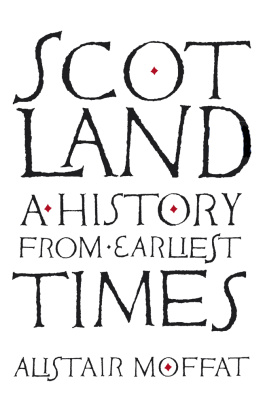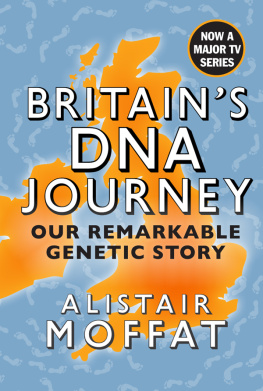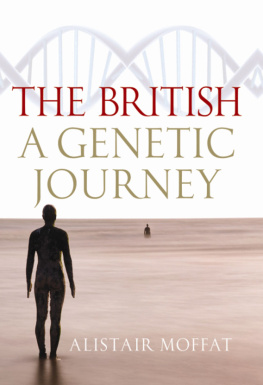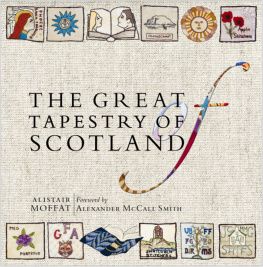E VERY YEAR, IN THE dowie days of February and early March, Scotland comes to Edinburgh. From the platforms of Waverley and Haymarket Stations, from buses parked at Kings Stables Road, from cars left in the western suburbs, an army musters. The yellow of the Lion Rampant and the blue of the Saltire standards flutter as tens of thousands march west out of the centre of the city, flooding like a tartan tide along Shandwick Place, West Maitland Street, past Donaldsons Hospital to Roseburn and the old battleground.
To join the national muster Northerners come down on the morning trains from Inverness and Aberdeen, from the west, Argyll, Ayrshire and Glasgow. They rattle through in commuter carriages or join the high-speed queue that is the M8. From the Borders, once the heartland, they arrive in their thousands. It is the journey of an army of hope that often ends in despairing, rancorous retreat. It is Scotland playing rugby at Murrayfield.
The sea of expectant faces, 67,000 strong, most of them gasping with exasperation or shouting encouragement to the team wearing navy blue, knows that Scotland can beat any team in the world, except New Zealand, and can lose to any team in the world. But they glory in their day and its lurching swings of emotion, the crowd a counterpoint to the play on the pitch. All follow the unscripted drama, pause for breath at stoppages, roar at breaks and thrusts, groan at breakdowns and mistakes. For an afternoon, Scotland, Scottishness and being Scots behave like an organism, like an unwitting microcosm of a nation.
In many important ways, the Murrayfield crowd is just that. Allowing for the supporters of visiting teams, it represents 1 per cent of the population. The stands are filled with men, women and children from the Highlands, Aberdeenshire and Tayside, Perthshire and Fife, from the Clyde coastlands, from Galloway and the Borders and the cities of Scotland. The days of a male-dominated rugby crowd are long gone now and, while women may not make up 50 per cent, the proportion is large.
What superficially binds and identifies the crowd are their iconography and a sense of shared history. Kilts, flags worn as capes, face paints, See-You-Jimmy hats and national rugby jerseys are part of the carnival uniform. And, when Scotland needs slightly different sorts of exhortation, the team is advised to Remember Bannockburn or, alternatively, Remember Flodden. Before hostilities begin, Flower of Scotland is sung to a dirge-like tune. The anthem recalls the triumph at Bannockburn as though it were a matter for mourning. Proud Edwards army is defeated and, in an unlikely anachronism, Robert the Bruce is said to have sent him homeward tae think again.
Kings and battles, flags and tartan these appear to be the stuff of history for the crowd. A procession of armies across Scotlands landscape, the drama of warfare and raid, picturesque ruins, important dates are all lines in a familiar recital. Until the nineteenth century, the story of Scotland circled around the doings and decisions of elites, of tiny groups of powerful and interconnected people. Monarchs, aristocrats and churchmen actually made history or at least had control over its recording. Over most of the vast span of all that experience in what is now Scotland, there was simply no place for the stories of ordinary lives, of the agricultural labourers whose back-breaking toil formed the landscape, the tradesmen whose skills made the work easier and the masons who built the great churches, castles and grand houses.
The Murrayfield crowd cannot know anything about these unrecounted generations except for one simple thing that they were their ancestors. And that irreducible fact is the rock upon which this book and all the research behind it is built. As the tramp of invading armies echoes and fades and in the long shadows behind the stately line of kings and noblemen and their stately homes, we may now at last be able to make out the modest outline of a peoples history of Scotland our people, ourselves, our history, a story of Scotland we can all own. The Murrayfield crowd hold it inside themselves a long-hidden story of unlikely and unsurprising links, a story that reaches back beyond kings and queens to the very beginnings of settlement in Scotland after the end of the last Ice Age, a story that is more than 11,000 years old. It is the story of our DNA.
Every Scot is an immigrant. Until 9,000 BC , Scotland was empty of people and animals. For 15,000 years, ice, more than a kilometre thick in places, had crushed the land under a pitiless white sterility where nothing could live. When the ice sheets finally retreated, small bands of pioneers moved north into a virgin landscape. Their names are not known but scientists have been able to discover a great deal about where they came from. Immigrants arrived in what would become Scotland over thousands of years, well into the historical period. And their descendants are still here, flourishing, carrying on the long journey of their genes. By approximately AD 1000, the process was almost complete and most of the pieces of our patchwork of DNA were in place. Significant but small groups did come to Scotland after 1000 but, in statistical terms, their impact was minimal.
That is why the balance of this book is heavily tilted towards prehistoric and early historic times. DNA research works best in a chronological context and that is the reason for the first landmarks in our history being clearly plotted in this story although some of these turn out to be misleading.
Language and its development are closely linked to who we are and where we came from and the evolution of Old Welsh, Scots English and Gaelic is an important theme. There exist fascinating linguistic links and many of them were forged in deep time, tens of thousands of years ago as our ancestors crossed seas and rivers to walk into empty landscapes and populate the Earth.
As well as Y chromosomes, men inherit surnames and, as these came increasingly into common use in the early modern period, they help set genetic findings against a familiar background . For example, Scotlands Highland clans often claim descent from a common name-father but recent research shows that some of these men may have been fathers in more than name only.
None of what follows would have been possible without the pioneering work of two scientists working in the universities of California. In the 1960s, Professor Luca Cavalli-Sforza was the first to apply genetics to history and he used the first DNA markers to do this. These were the familiar blood groups ABO, rhesus and so on. Earlier research had shown that these differed between populations across the world and, using these findings, Cavalli-Sforza built a version of a family tree that showed how populations were related to each other. What puzzled him and others was the deep differences between populations in Africa.
A New Zealander of Scots descent, Professor Allan Wilson, began to study mitochondrial DNA, what women pass on through the female line to their daughters and to their sons (but it dies with them). He saw how individuals, and not just populations, were related to each other through their DNA. And, because these branches of connection were longest in Africa, Wilson and his team made the earth-shattering announcement that the human race had originated there.
This caused uproar. Most scientists believed that Homo sapiens had descended from various ancestors around the world the Chinese were thought to be the children of Peking Man, the South-East Asians came from Java Man and Europeans from Neanderthals. The discovery that modern humans had walked out of Africa to populate the whole of the rest of the world was sensational and it made headlines. Images of a real Garden of Eden suddenly came into focus and Mitochondrial Eve was pictured on the cover of

